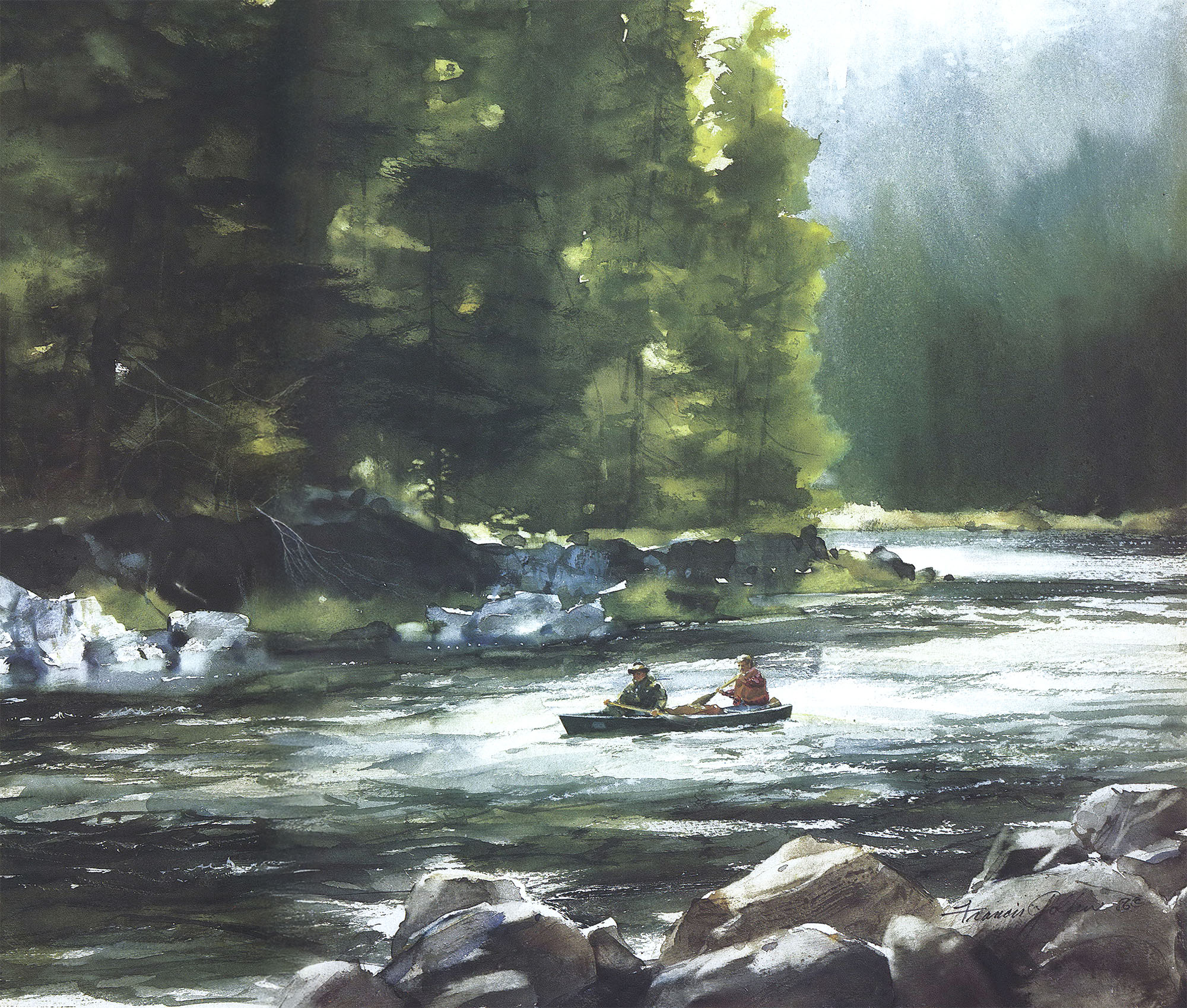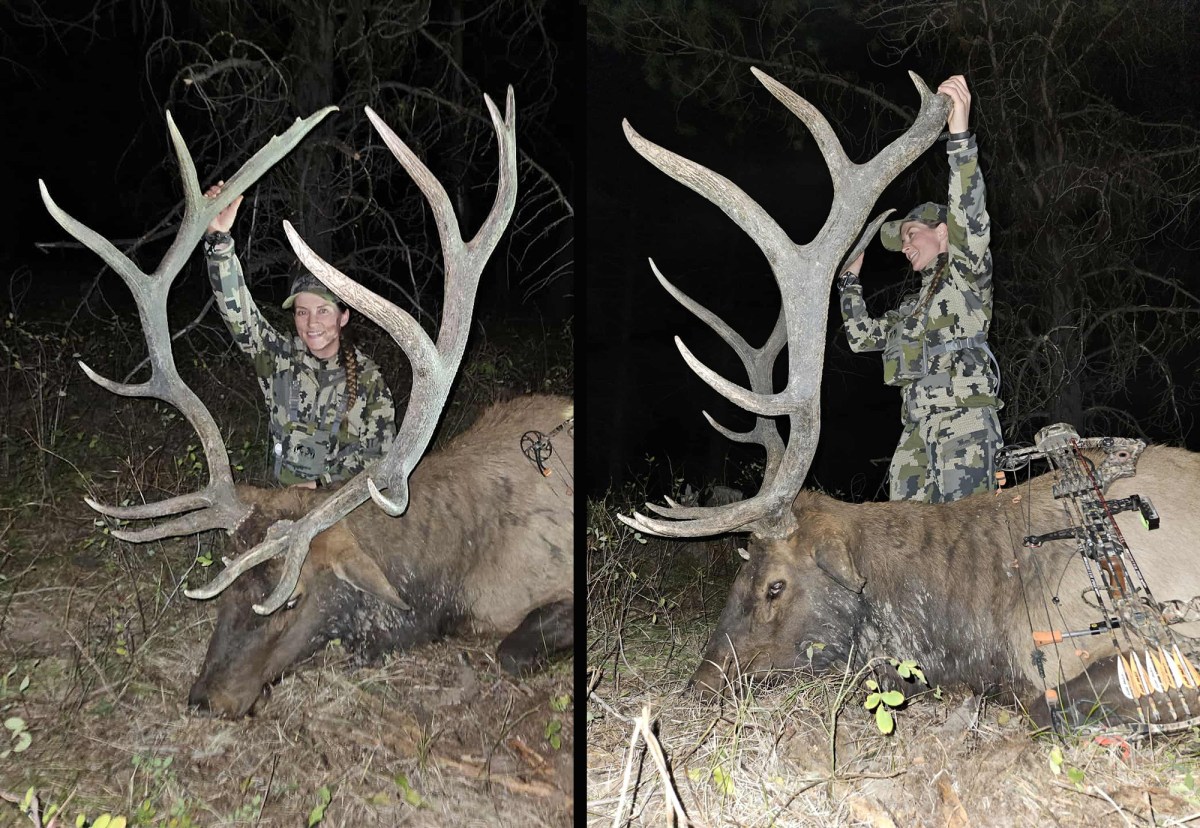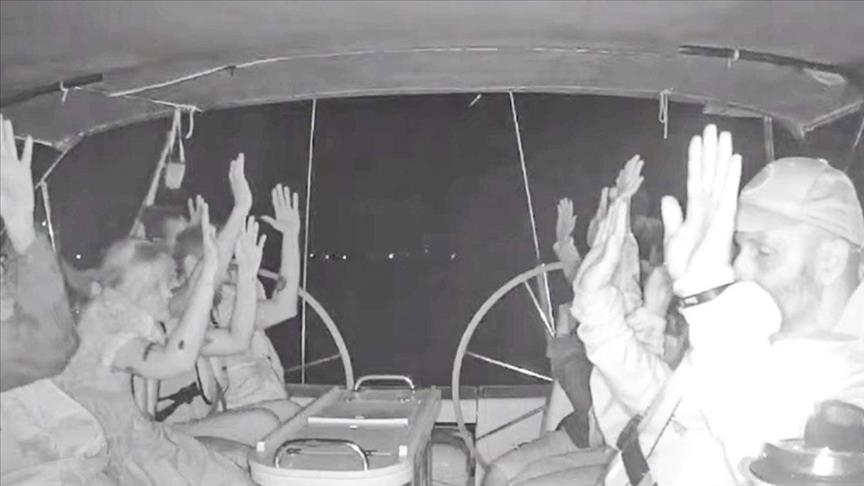I Was Floating One of the West’s Great Trout Rivers. Then the Governor Dropped in on His Helicopter

This story, “Float to Wild Trout,” appeared in the August 1987 issue of Outdoor Life.
For the last mile or so, I have been sitting relaxed with the canoe paddle across my lap, lulled by the stunning mountain scenery all around. A mule deer doe and fawn that have been drinking at the water’s edge bound away as we approach. We are gliding down the Smith River, a wild and pure wilderness waterway in west-central Montana.
In a lifetime of exploring and floating Western rivers, I’ve seen few to match this one. No wonder I paddle only listlessly, watching the orange and white canyon walls that seclude us from the rest of the world.
Suddenly, almost ominously, the river gains speed. We are sucked into a narrow chute, and I am quickly alert when we brush too near the jagged rock on the left. I hear the roar of rapids ahead.
“Get ready to dig hard on the right,” my partner and stem paddler, Sheldon Coleman Jr., shouts above the noise.
I change positions. Now we hit the sharp river bend, and I stroke hard and deep with the paddle. We make the tum neatly, straighten, and enter a deep green pool that seems to have no bottom. It is a scene of extraordinary beauty. At the tail of the pool, canoes are beached on a thin gravel ledge, and other members of our party are already wading in waist deep water, casting. As we join them, one of the anglers, John Bailey, hollers, “Strike!” His eight-foot fly rod is alive and dancing.
But before John can net his trout, someone else hooks another. Then another. It all happens at fast-forward speed. Arriving late, I hurry to rig my own tackle and find that it is difficult with so many thumbs on each hand. Sheldon has the same trouble. But in time, I am able to lay out a long line and watch a tiny dry fly float downstream. One of the many small trout, which are rising like raindrops over the pool, takes it. Before the rise ends, we have hooked and released at least a dozen fish from that one spot.
But at all once, we realize that the shadows of late afternoon have fallen and the rise has ended. It is chilly, and I shiver. So, we reboard the canoes and push out into the current.
About an hour later and three miles down stream, we are pitching a comfortable tent camp on the edge of a grassy riverside meadow, at a site marked “In Lieu Boat Camp” on our Smith River chart. A campfire is soon burning brightly in the purple dusk.
The next four days are as memorable, often as exciting, as a float-camping adventure could be. The instigator of this one was Sheldon Coleman Sr., who would be celebrating his 85th birthday on the Smith. Sheldon figures that at least half of his birth days have been spent in similar places outdoors, from the tropics to the Arctic. Sheldon, then the longtime president of the Coleman Company in Wichita, Kansas, used this trip and others like it to personally test the outdoor and camping products the company manufactures.
The outfitter for the trip was John Bailey of Livingston, Montana, son of Dan Bailey, a legend among trout fishermen and fly tiers. Western Montana has more than its share of wild rivers, but John selected the Smith because its access points are fairly easy to reach while the major portion of it is remote. Our plan was to put in at Camp Baker, a Montana public launching site, and to take out five days later, 61 miles down stream, at a point called Eden Bridge, not far from Great Falls.
Although the Smith can be negotiated from May or June — when the water is highest and wildest — until October, we decided on early September to avoid the summer time boaters and have the river to ourselves, as well as to catch the best fishing.
I was sharing a canoe with Sheldon Coleman Jr., who has since assumed responsibility of the company, his father having “handed over the reins” shortly after the trip. Also on the venture was John Stillman, a Montana rancher with a passion for running wild rivers anywhere.
Early the next gray morning, I pondered the wisdom of waiting until September. A cold wind whistled down the Smith can yon, driving rain and making the tents shudder. But we were well equipped for any kind of weather, and soon a cloth shelter was stretched above our breakfast site. After the meal we broke camp, repacked the canoes and aimed them downstream into a rain that continued falling until noon. Some members of our group cast flies along the way; others stopped to stretch and fish more seriously. We easily caught enough pan sized trout for the one fish dinner we enjoyed along the way.
Our second night’s stopover was at Canyon Depth Boat Camp. Although it was still cold, skies were clearing as we pitched camp on a bench above our beached canoes. There were fresh black bear tracks in the soft earth all around the area. The last sound I heard after zipping up my sleeping bag for the night was the haunting call of a great horned owl not far away.
ne of the many small trout, which are rising like raindrops over the pool, takes it. Before the rise ends, we have hooked and released at least a dozen fish from that one spot.
Next morning was clear and cold, and all of us moved a little faster to strike the tents and get underway once more in the bright sunshine. It was also the morning when we may have missed our best chance at a lunker trout, probably the top catch of the trip. We were floating a slow, deep stretch, and young Sheldon was casting to ward shore from the stern. But maybe his mind wasn’t entirely on his fishing because he struck late when a super trout rose and almost leisurely inhaled his Royal Wulff fly. The next thing I knew, the trout was lunging upstream while we continued to drift down. I paddled the canoe to a shallow place where Sheldon could step out. For a minute or so, he was able to follow on foot its strong run upstream. But unaccountably, the hook pulled out, and we fished more seriously for a long time after that.
Late in the afternoon, we beached where a wooden sign indicated the Trout Creek Boat Camp. Like the others we had seen along the way, this designated camping site had been left remarkably clean by the other float trippers who had used it throughout the summer. Like those who had preceded us, we used the existing fire ring to build our own campfire. For fuel, we burned only driftwood or fallen deadwood that we had gathered some distance from the actual camp. Before we finally left the area in the morning, all of us carefully combed the spot to be certain that it was as neat and manicured as we had found it.
A wilderness river float trip that combines camping and good fishing is certainly among the greatest of all adventures left to the American outdoorsman. The Smith is only one very attractive example. I can recall many others, from the Suwannee in Florida to the Rogue in Oregon, where any one can escape to paradise for a few days of refreshment.
Not long after our departure on our fourth morning on the Smith, a helicopter shattered the stillness of the canyon long enough to deposit Ted Schwinden, the governor of Montana, to join our expedition.
It was the first time that the executive had seen this scenic part of the state.
The fourth day would be long remembered. It was warm for September in Montana, but bracing. No one floated very far without hooking a lively rainbow trout. Through one stretch of water, my canoe companion hooked trout on four consecutive casts.
We camped that night at Black Butte, and sang “‘Happy Birthday” to Sheldon Sr. I also welcomed the unique chance to talk about the future of Montana·s environment, forests, rivers and outdoor pursuits with the governor. Although not a sportsman, Ted Schwinden does seem to have a good appreciation and regard for the natural resources and outdoor opportunities in the West. Too many of today’s other Western politicians claim to be outdoorsmen, but then vote for policies and practices that are detrimental to all Americans — like cutting roads through national forests and overgrazing public ranges.
The following morning, the last of our trip, I arose early. After striking my tent and rolling my sleeping bag, I hiked alone along a thin game trail that paralleled the Smith for a last personal look at a lonely, lovely waterway. Not far beyond camp, I flushed several mule deer from a streamside thicket. One was a fairly good buck, and that made me think about fall hunting float trips-or combined hunting and fishing ad ventures. Why not?
From the Black Butte Boat Camp, it was a 13-mile run past Rocky Coulee and through country more open than the deep and colorful Smith canyon we had left behind. Now, we paddled harder, faster, and passed up some splendid fishing holes that should have been thoroughly investigated. All but one.
Around noon, John Stillman pulled into shore so that he and Sheldon Sr. could stretch and munch a sandwich. Both made a few casts there, too, and did not connect. But no sooner were they underway again than Sheldon cast into a foamy back water and felt a strike he is unlikely to forget, The instant the rainbow tasted the hook, it came catapulting out of the water. With Stillman holding the canoe in good position, Sheldon eventually brought the 18-inch-plus trout close to the canoe, unhooked it underwater, and allowed it to swim free.
Read Next: The Legendary Shark Fishing Record That’s Never Been Broken
We reached Eden Bridge, our takeout point, in the late afternoon under lowering skies. During our five days on the water, we had met only two other anglers.
Flurries began to fall as we drove south ward toward Livingston. Next morning, renewed and warm, we would be heading back to homes in Kansas and Wyoming. But part of each of us might stay on the Smith River for some time.
Read the full article here








